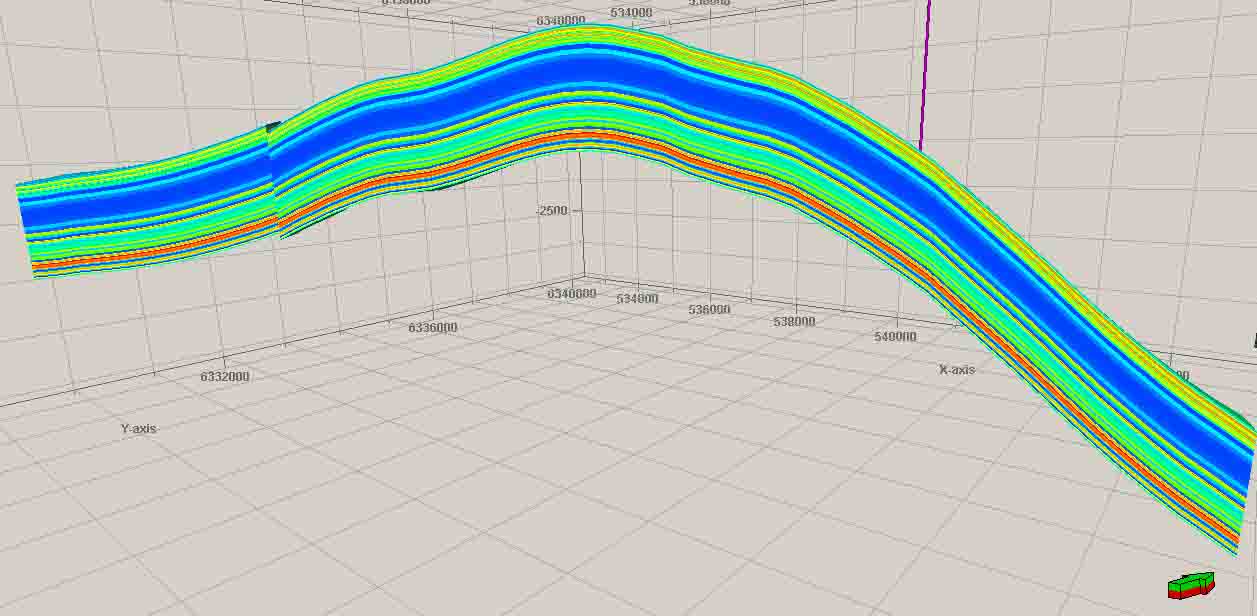The workpackage objective is to perform a full-chain characterisation of an onshore aquifer in Denmark so as to reach readiness for storage license application. The DK onshore site has been chosen to provide an example of a single-site storage facility with limited data coverage in the early characterisation stage. In order to improve the understanding of the reservoir and to be able to detail the analysis of the storage capacity and reservoir predictions, more detailed facies models and property models are necessary. The scarcity of data available for building the reservoir model initiates two exercises:
a) Incorporation of analogue data from outside the site, to supplement the facies model and the petrophysical model;
b) Description of uncertainty for input and ultimately for the models, using either geostatistical simulations or scenario-based modelling.
The workpackage will investigate the relationship between a saline aquifer store and the surrounding region with respect to the pressure propagation into the lateral and overlying regional aquifers. It is particularly necessary to perform detailed modelling of the pressure propagation to describe profitable multi-well injection and filling strategy of the structure in conjunction with pressure release in order to stay below the pressure threshold. The flow simulation studies must deal with at least two different scales and their interaction:
a) Regional basin scale model for pressure propagation during the injection phase for the site and surrounding region.
b) Site scale modelling to study the filling process, distribution of CO2 and overpressure development. The boundary conditions for the site model must closely observe the results given by the regional modelling. Coupled flow and geomechanical simulations will be used to test scenarios of the dynamic reservoir, caprock and bounding fault behaviour.
As the Vedsted structure is an onshore site, monitoring and remediation plans are especially important. As far as the design of surface monitoring is concerned, it is important to have sufficient baseline studies to be able to discriminate possible anomalies. The natural flux of CO2 and its seasonal variability, in combination with detection limits for monitoring tools, is essential for preparation of the monitoring and remediation plans.
3D reservoir model of the Vedsted site.

Section in the porosity reservoir model.
Section in reservoir model showing the free CO2 saturation as a result of 40 years injection.
Major outcomes of the WP4: